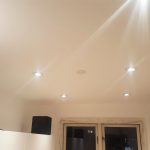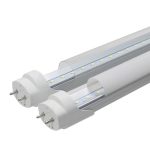Effortlessly Remove LED Light Strips with These Simple Steps
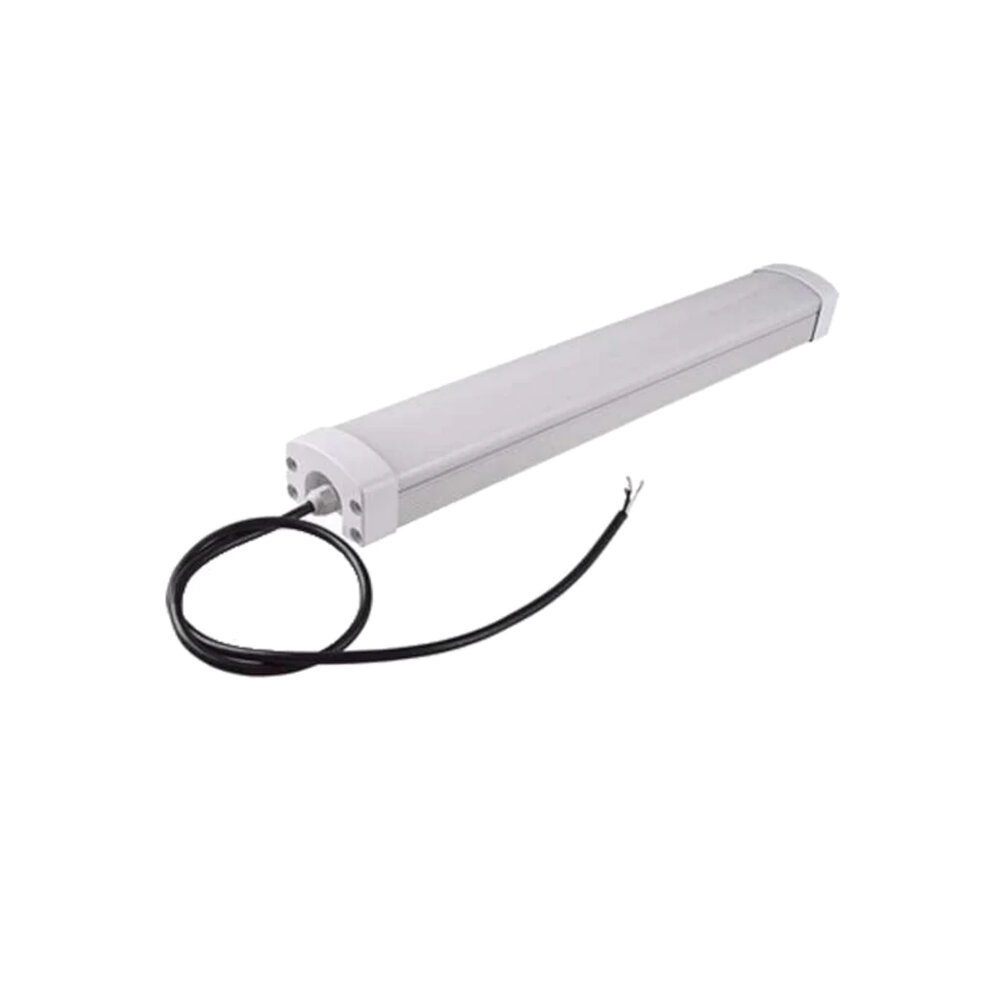
LED light strips are popular among homeowners, businesses, and DIY enthusiasts because of their energy efficiency, flexibility, and ease of installation. However, despite their convenience, there might come a time when you need to remove them. Perhaps you want to change the color or design, or you need to replace a damaged strip. Whatever the reason, removing LED light strips may seem like a daunting task, especially if you’re not familiar with electrical wiring. But fear not, for with these simple steps, you can effortlessly remove LED light strips without damaging your walls or causing any electrical mishaps. The first step in removing LED light strips is to identify the type of adhesive used to secure them. Most LED light strips come with adhesive tape at the back, which may be either strong or weak, depending on the quality of the product. If the adhesive is weak, you can simply peel off the strip with your fingers or a flat tool. However, if the tape is strong, you may need to apply heat to soften the adhesive and make it easier to remove. In the following sections, we will discuss the different methods you can use to remove LED light strips, depending on the strength of their adhesive.
Gather Your Materials
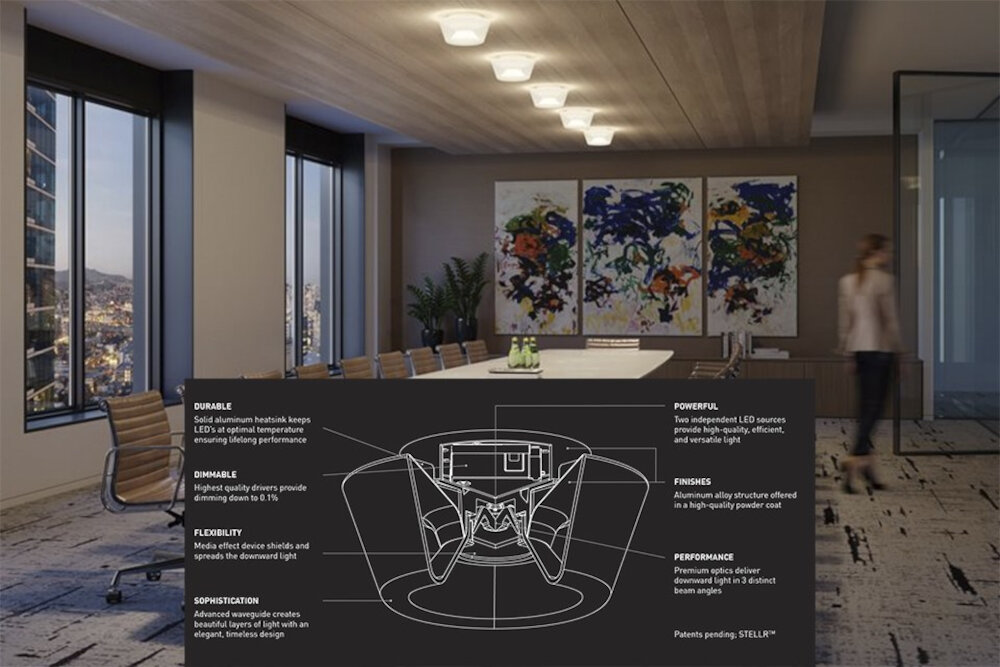
Gathering your materials is the first step towards effortlessly removing LED light strips. Before you begin, make sure you have all the necessary tools and equipment to complete the task. You will need a heat gun or hairdryer, a putty knife or plastic scraper, and a cleaning solution. The heat gun or hairdryer will help soften the adhesive that holds the LED light strips in place. The putty knife or plastic scraper will be used to gently lift the strip, while the cleaning solution will be used to remove any residue left behind. It is important to note that not all heat guns or hairdryers are created equal. Make sure you choose a heat gun or hairdryer with a variable temperature setting, as you don’t want to overheat the LED light strips and cause damage. Additionally, it’s important to choose a putty knife or scraper made from a soft material such as plastic, as this will prevent scratching or damaging the surface underneath the LED light strip. Finally, be sure to choose a cleaning solution that is safe for use on the surface you are working on, such as rubbing alcohol or vinegar. With these materials in hand, you’ll be well on your way to effortlessly removing LED light strips.
The paragraph \In this section, you will outline the necessary tools and materials needed to remove LED light strips from various surfaces\ sets the tone for the article titled \Effortlessly Remove LED Light Strips with These Simple Steps.\ The author aims to provide an informative guide for those who want to remove LED light strips without damaging the surface. The paragraph suggests that the article will offer a detailed list of tools and materials required to complete the task. This section is essential because it provides readers with a clear understanding of what to expect in the article, ensuring that they can prepare themselves accordingly.
Turn Off the Power
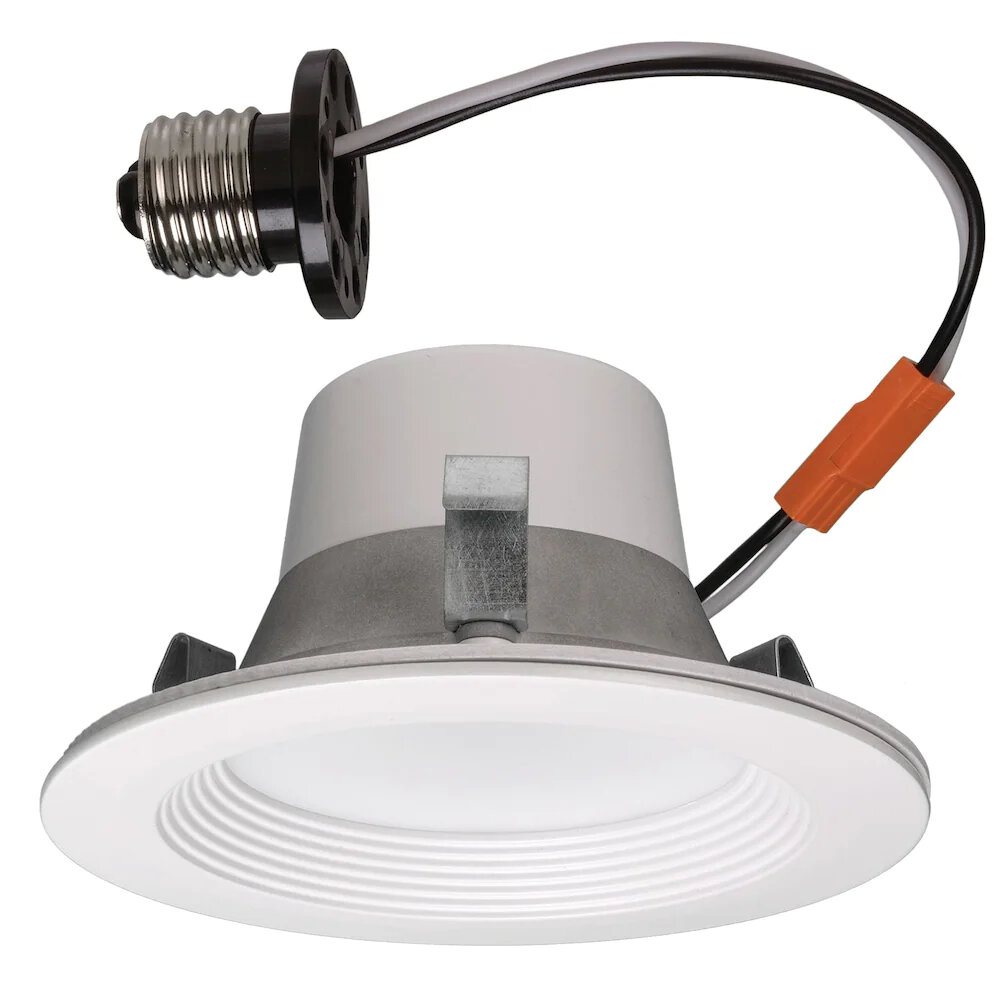
Turning off the power is an essential step when it comes to removing LED light strips. Failure to switch off the power supply can lead to electrocution or damage to the light strip. To begin with, locate the power source and unplug it from the wall socket. If you are unsure about which circuit breaker controls the electricity in the room, turn off the main power switch. This ensures that there is no power supply to the LED light strip, and it is safe to remove it. It is worth noting that turning off the power is not only a safety precaution but also a way of preserving the LED light strip. The sudden surge in electricity can cause the light strip to burn out, leading to permanent damage. Therefore, before removing the LED light strip, ensure that it is not connected to any power supply. Once you have switched off the power, you can proceed to remove the light strip without any fear of electrocution or damaging the light strip.
When it comes to removing LED light strips, safety should always be the top priority. It is essential to turn off the power before attempting to remove them to prevent any electrical hazards or injuries. Some LED light strips may still be powered even when the switch is off, so it is crucial to unplug them from the socket. By doing so, you can avoid the risk of electric shock or damage to the LED strip itself. Therefore, it is imperative to take a few extra seconds to turn off the power before removing LED light strips to ensure a safe and successful process.
Remove the Adhesive
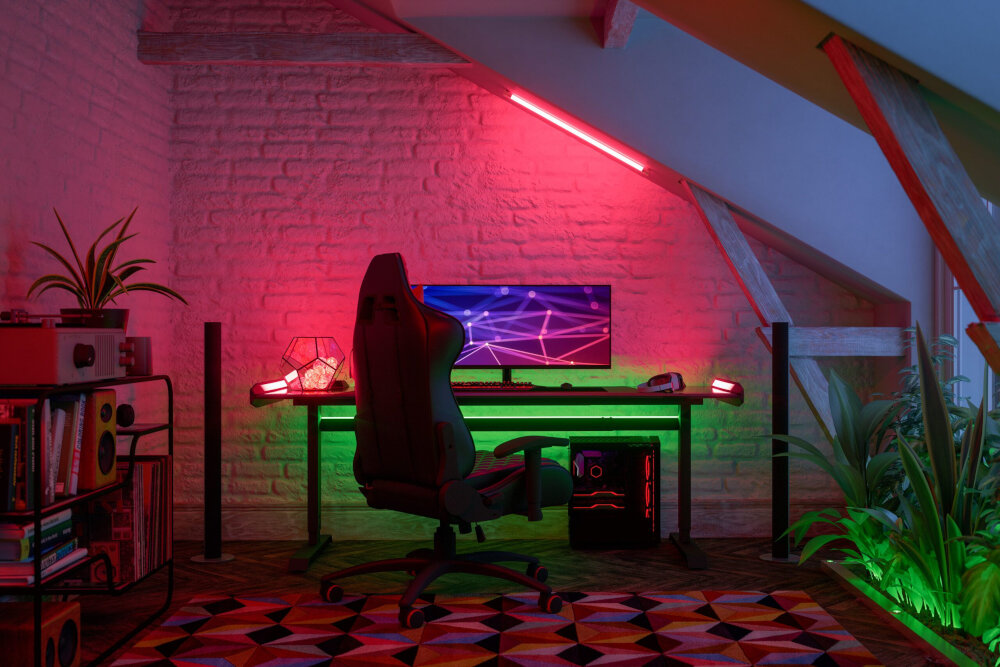
Effortlessly removing LED light strips can be a daunting task, especially if you’re not aware of the correct technique. One of the essential steps in the process is removing the adhesive. The adhesive is used to secure the LED light strip in place, and it can be challenging to remove without damaging the surface it’s attached to. To remove the adhesive, you’ll need to use a heat gun or a hairdryer. Heat the adhesive for a few minutes until it becomes pliable. Once it’s pliable, use a plastic scraper to remove the adhesive gently. Be careful not to use a metal scraper as it can damage the surface. If there’s any adhesive left behind, use rubbing alcohol or adhesive remover to clean the surface thoroughly. Removing the adhesive can be a time-consuming process, but it’s crucial to ensure that the LED light strip is removed without damaging the surface. If you’re having trouble removing the adhesive, you can also try using a citrus-based cleaner. The acidic properties of the cleaner can break down the adhesive, making it easier to remove. Remember to use a clean cloth to wipe away any residue left behind by the citrus-based cleaner. By following these simple steps, you can effortlessly remove LED light strips without damaging the surface they are attached to.
Removing adhesive from LED light strips can be a daunting task, but with the right steps, it can be done with ease. In this section of the article, you will find detailed instructions on how to remove the adhesive from your LED light strips. Whether you are trying to replace an old strip or want to reposition it, these simple steps will guide you through the process. From using a hairdryer to soften the adhesive to using rubbing alcohol to dissolve it, you will learn different methods that work effectively. With these tips, you can effortlessly remove adhesive from your LED light strips without damaging the surface or the strip itself.
Pull the Strips

Removing LED light strips can be a daunting task for many people. However, with the right technique and tools, it can be done effortlessly. One of the simplest methods to remove LED light strips is by pulling the strips directly from the surface. This method is particularly effective for removing adhesive-backed LED strips. To do this, simply grab the end of the strip firmly and pull it straight back and away from the surface. If the strip is stubborn and won’t come off easily, use a plastic scraper or credit card to gently pry it off the surface. It’s important to note that pulling the strips may not be the best method for removing LED strips that have been soldered onto a surface. In such cases, it’s best to use a soldering iron to remove the strip. Additionally, if the adhesive on the back of the LED strip is particularly strong, pulling the strip may leave behind residue or damage the surface. In such cases, it’s recommended to use a heat gun or hair dryer to soften the adhesive before pulling the strip. Overall, pulling the strips is a simple and effective method for removing LED light strips, but it’s important to use caution and the right tools to prevent damage to the surface.
If you want to remove LED light strips from a surface without causing damage, it’s important to be gentle and careful. First, you should disconnect the power supply to avoid any electrical shock. Then, try to lift the edge of the strip with your fingers or a plastic tool like a credit card. Slowly and steadily pull the strip away from the surface, making sure not to use too much force. If the adhesive is too strong, you can use a hair dryer to heat it up and loosen the glue. Be patient and take your time to avoid any damage to the surface or the LED light strip itself. With these simple steps, you can effortlessly remove LED light strips and reuse them in another location.
If you have ever tried to remove LED light strips, you know how frustrating it can be to get them off without damaging the surface they are attached to. In this article, we will provide you with simple steps to remove LED light strips with ease. First, you need to turn off the power supply and use a plastic tool to gently pry the strip off the surface. If it’s difficult to remove, you can use a hairdryer to soften the adhesive. Additionally, we recommend cleaning the surface with rubbing alcohol to remove any leftover adhesive. With these tips and tricks, you’ll be able to remove LED light strips without any hassle!
Conclusion
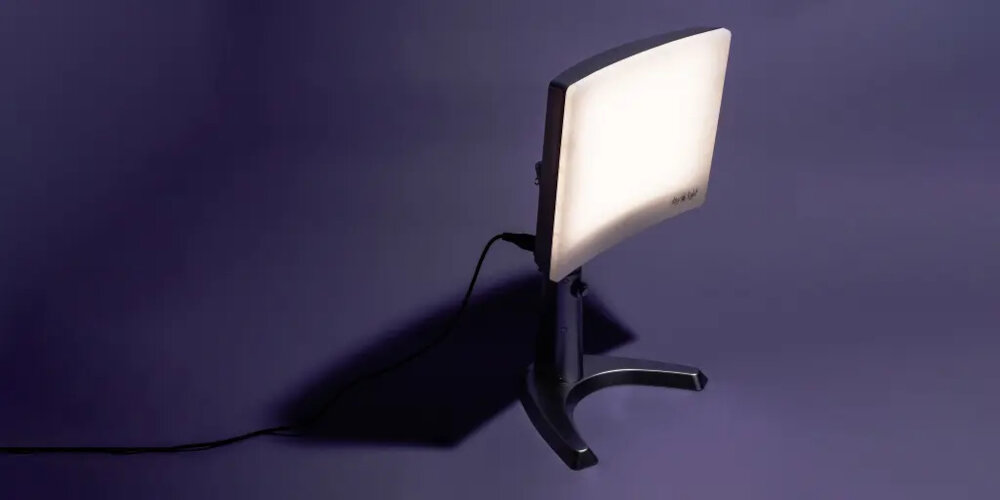
In conclusion, removing LED light strips may seem like a daunting task, but it can be accomplished with relative ease by following a few simple steps. Whether you are looking to replace or reposition your LED lights, the key is to proceed with caution and take your time. By disconnecting the power source, gently peeling off the adhesive backing, and using a plastic tool to remove any excess glue, you can effortlessly remove your LED light strips without causing any damage to your surface or lights. Remember, safety should always be your top priority when working with electrical components, so be sure to unplug your lights and handle them with care. With these steps in mind, you can confidently remove your LED light strips and enjoy a fresh new look for your space.

